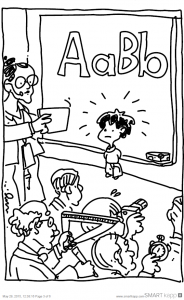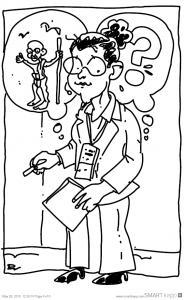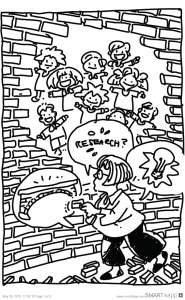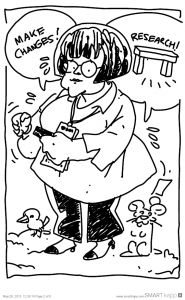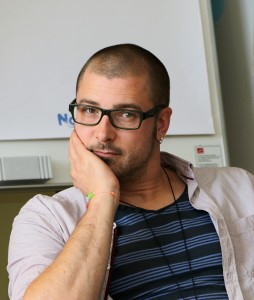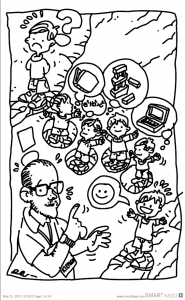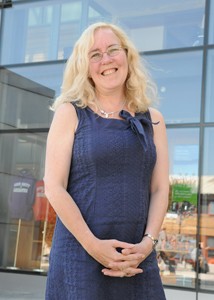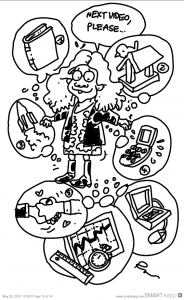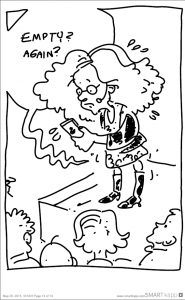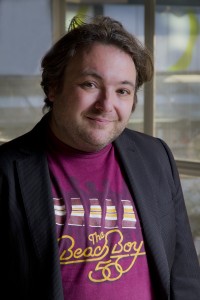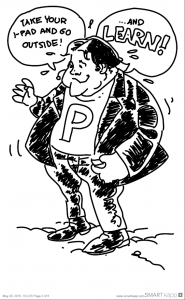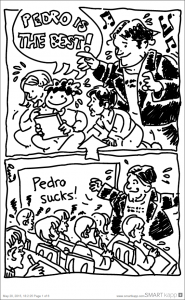Usually you teach something you know very well, you probably know the results of learners projects and what the discussions would be alike. The other way would be giving classes in which you don’t know what will happen – the learners explore and analyse the world with methods of empirical research and create completely new knowledge. The students get an idea for their research from the current issues of the class, preparing the research instruments – like surveys, focus groups or even experiments. The next steps are collecting and analyzing the data and present the results. This teaching method has a lot of advantages: The students have to examine the aspects oft the issue very carefully, collecting and analyzing data is interesting even if you are not enthusiastic about the topic and the students are usually very proud oft the results. By gaining first experiences in planning of empirical projects, data acquisition, as well as analyses and documentation, students acquire important methodological skills. The main goal of this speech is to present this method of teaching and give practical advices for implementing it in various learning settings. This method combine the two aspects of learning from learners and the using of data in the process of learning.
 Maria-Christina Nimmerfroh holds a diploma degree in psychology from Goethe-University of Frankfurt. She specialized in industrial/organizational psychology and clinical psychology/psychotherapy.
Maria-Christina Nimmerfroh holds a diploma degree in psychology from Goethe-University of Frankfurt. She specialized in industrial/organizational psychology and clinical psychology/psychotherapy.
She works at the Goethe-University of Frankfurt as lecturer at the Department for Psyhcology, as well as a journalist specialized in IT and media.
Her main research interests are CBL and e-learning, work motivation, organizational leadership and psychological measurement.
Illustrations from keynotes:

